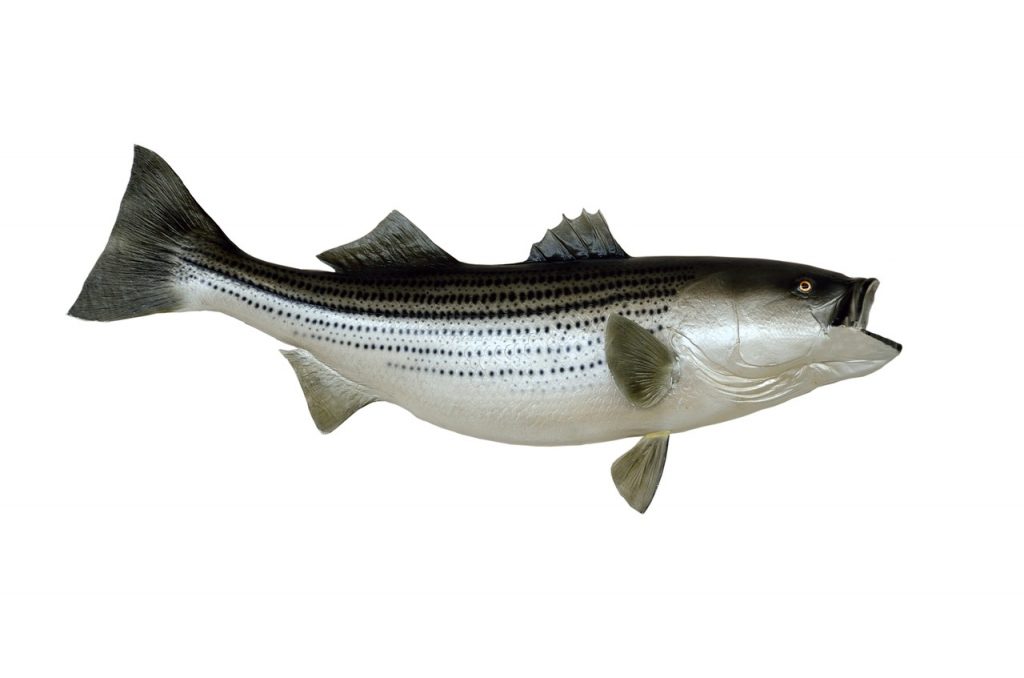Downtown Hollywood is characterized by brick-lined walks, quaint sidewalk cafes, 6 blocks of unique art galleries, shops, boutiques, and lots of excellent restaurants. This pedestrian-friendly environment is the ideal place to enjoy family fun, shopping, dining, and nightlife all within walking distance. Downtown Hollywood is the backdrop for year-round entertainment, street markets, and festivals.

The arts park at young circle is a great way to start your downtown tour. Here, you can take in a magic show or just toss a frisbee with good old ‘phyto’. An offbeat public playground and interactive sound area make the arts park a very popular place for families.
As you stroll around the 10 acre park, you will hear a harmony of harps and ocean waves. Believe it or not, this mesmerizing sound is actually coming from the Baobab tree. Artists designed some sound poles which convert the tree’s live energy waves into music.
The promenade leading out of the arch park takes you into the heart of Downtown Hollywood. This quaint mix of sidewalk cafes, unique boutiques, and international dining cover six blocks along Hollywood Boulevard and Harrison Street.
And after dark you will want to dress up and wind down for a fun night on the town. Sushi Blues cafe on Harrison Street host live blues music several nights a week and the music spills out into the street for outdoor diners to enjoy too. And speaking of dieting, the food at Sushi Blues consistently gets excellent reviews, so be sure you order up some house specialties because you will not be disappointed. It is also a great place to meet with friends or just have a fun casual date.
If you are in the mood for dancing and drinks, then Spice Resto Lounge is the place to be. And just so should know, this lounge is not a place for wallflowers. Live music and Spanish singers’ fire up the night with international flavor and Latin dances and energetic shows get the whole dance floor moving. Spice is the only bar in Downtown Hollywood that is permitted to stay open until 4am and they also offer free salsa lessons on Monday evenings so you can learn the moves and get your salsa feet going before you even get there.
So no matter what time of day or night you visit, Downtown Hollywood is a welcoming and diverse place where everything is just a short walk away.


